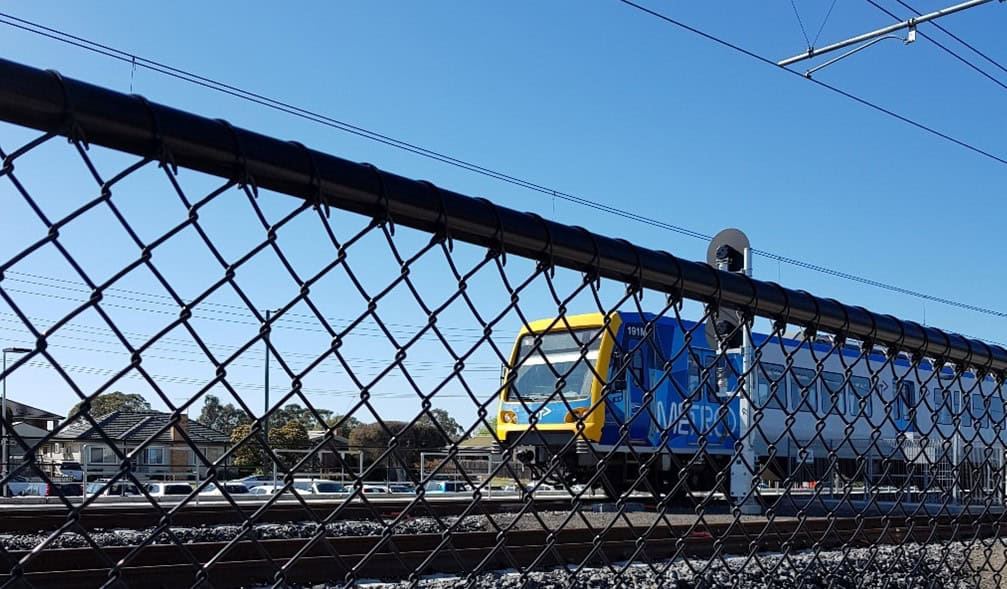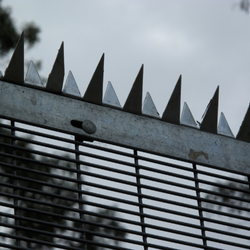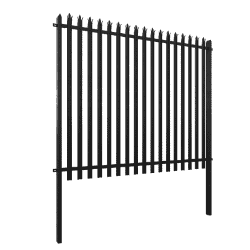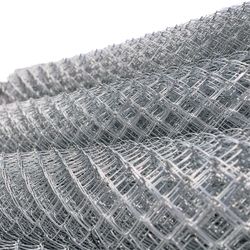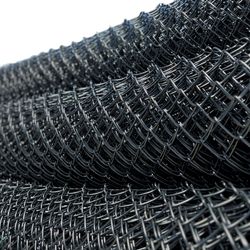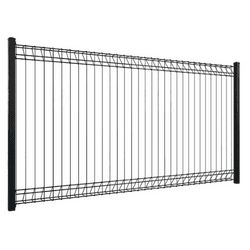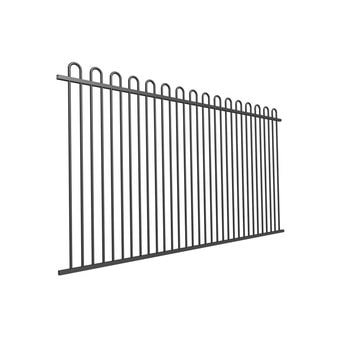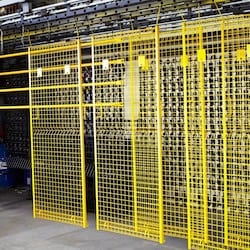⏱️ Estimated reading time: 4 minutes
5 Reasons Security Fencing Standards Still Matter Under SoCI
When it comes to protecting Australia’s critical infrastructure, there’s been a lot of talk about the Security of Critical Infrastructure Act 2018 (SoCI), especially since it was expanded to cover more sectors and introduce tougher compliance obligations. But when you look closely, you’ll notice something important:
The SoCI Act doesn’t actually specify how to secure your site, especially when it comes to physical infrastructure like fencing or other security fencing standards.
So where does that leave project managers, facility operators, and government contractors? With one clear answer: Australian Standards.
In this article, we break down what the SoCI Act really is (in plain language), why it doesn’t give you clear direction on physical security like fencing, and why Australian Standards still provide the clearest benchmarks for compliance. While the SoCI Act leaves it to asset owners to decide how to secure their sites, Australian Standards lay out specific, enforceable guidelines for fencing and barriers, including structural performance, wire fencing products, and security fencing installation.
A dedicated Australian Standard for security fencing is currently in development. In the meantime, the industry continues to reference British Standards (BS 1722) for specific high-security fencing types. Until the new standards are released, a combination of Australian and British Standards remains the clearest compliance pathway, and the safest way to meet both legal and risk obligations.
What is the SoCI Act?
The Security of Critical Infrastructure Act 2018 (SoCI) is federal legislation designed to protect Australia’s most essential services, including energy, water, transport, health, communications, and data systems.
It requires asset owners and operators to:
- Register their infrastructure with the government
- Complete regular security risk assessments
- Implement a Critical Infrastructure Risk Management Program (CIRMP) that addresses:
- Cybersecurity
- Personnel security
- Physical and natural hazards
- Supply chain risk
These measures are aimed at preventing national disruptions or sabotage. But here’s the catch: while the SoCI Act clearly outlines what must be done, it says very little about how to do it, particularly when it comes to physical security infrastructure.
What the SoCI Act Doesn’t Say
When it comes to fencing and physical protection, the SoCI Act:
❌ Does not include any technical specifications
❌ Does not require any particular fencing type, height, or barrier style
❌ Does not reference Australian or British Standards for security fencing
Instead, the language is deliberately broad. You’re simply required to “identify and manage risks to your asset” and to consider any existing industry standards or frameworks.
In other words, it’s up to each project to define what “compliance” looks like. And that ambiguity opens the door to inconsistent quality, poorly designed perimeter security, or worse, non-compliance during audits.
Why Security Fencing Standards Matter More
For physical security, especially fencing and perimeter protection, it’s the Australian and British Standards that provide the real benchmark.
Some of the most relevant standards include:
| Standard | Purpose |
| BS1722.10,12&14 | British standards covering Anti intruder, palisade and welded mesh fencing |
| AS/NZS 1170.1 | Structural performance and loading limits |
| AS 1725.1 | Guidelines for security fences and barriers |
| AS 2343 | Refers to steel wire fencing products |
| AS/NZS 5131 | Guidelines for structured steel fabrication and erection of security fencing |
By aligning with these standards, you can:
✔ Demonstrate due diligence
✔ Reduce legal and safety liability
✔ Support SoCI-aligned risk management protocols
✔ Deliver safer, longer-lasting infrastructure outcomes
Protective Fencing: Experts in Australian Standards
At Protective Fencing, we don’t just make fencing, we build certified, standards-compliant security systems.
Every product we manufacture, from chainwire and steelmesh to 358 high-security mesh and palisade, is designed with full compliance in mind. We don’t chase vague legislative suggestions, we lead with technical precision, real-world experience, and adherence to nationally recognised benchmarks.
Need help understanding how fencing fits into SoCI compliance? We’ll guide you through:
- What actually matters in the Act
- Which Australian Standards apply to your project
- How to protect your critical infrastructure with confidence
High-security fencing built for SoCI-aligned protection
At Protective Fencing, we supply a full range of compliant fencing products suited for critical infrastructure, whether you’re securing utilities, transport corridors, or data centres. Our range includes anti-climb fencing, palisade systems, and chainwire fencing, all built to meet or exceed the security fencing standards referenced in SoCI-aligned risk management.
Need a Simple Way to Stay Compliant?
SoCI might not spell out what you need, but we do.
Talk to Protective Fencing today about solutions that meet the real-world security fencing standards your project must comply with. Our team will help you align with legislation while protecting your people, assets, and operations.
